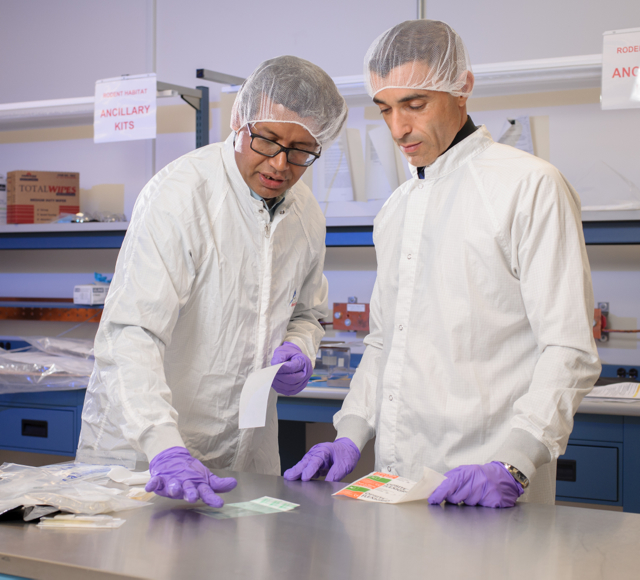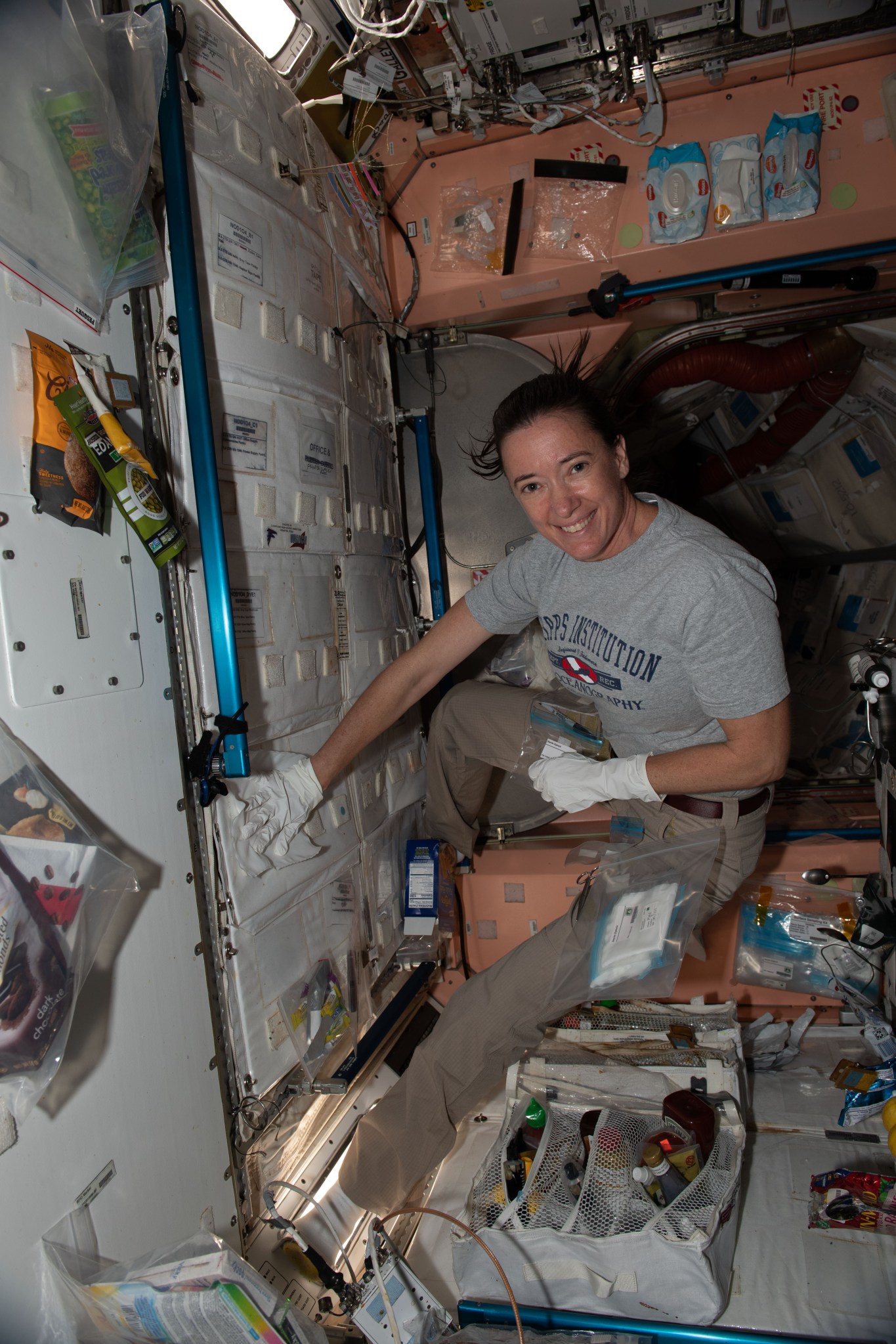The Astronaut’s Guide to Microbe Hitchhikers
On Earth, there is a close connection between microorganisms and humans. Although people often think of microbes as enemies to our health, humans actually depend on their presence to survive. These microorganisms are found on all surfaces of the body, and there are tens of trillions of them that do us no harm. In fact, many are known to protect us, with beneficial roles that include digestion, stimulation of the immune system and protection from diseases.
When humans travel to the International Space Station, they don’t just bring themselves and their cargo – they also bring microbes into the station. Since the construction of the space station began in 1998, there have been more than two hundred missions to the station. With all the movement of people and goods, the station has become an environment of its own with a unique microbial population.
To better understand this environment, the Space Biosciences division at NASA’s Ames Research Center in California’s Silicon Valley is managing the Microbial Tracking research series. Recent SpaceX commercial resupply missions to the station have delivered new sets of microbial sampling kits and brought samples back to Earth for analysis. These are analyzed to identify the types of microbes being found, the interactions between them, the development of microbial communities, and any microbial effects on human health.
By taking multiple samples over time, researchers are able to see how the microbial population is changing. Some samples are collected on board the space station, and others are taken from the SpaceX spacecraft before launch for comparison. The findings from this research will help keep things running smoothly in space by determining the impact microbes have on the crew’s health. With this knowledge, NASA can work to develop ways of minimizing the hazards from microorganisms during long-duration crewed missions.
Microbial Tracking-1
Microbial Tracking-1 was a three-part series characterizing airborne and surface microorganisms from specific locations aboard the space station in 2015 and 2016. Sampling on three different occasions occurred over a 15-month period, which allowed researchers to study the population living on the station over time.
Learn more:
- NASA video: “Space Station Live: Millions of microbes under study”
- NASA article: “What’s Growing on the Space Station’s Walls? Observing How Microbes Adapt in a Spaceflight Environment”
For researchers:
- NASA Ames Space Biosciences division’s technical experiment page: Microbial Tracking-1 (SpaceX CRS-8)
- International Space Station technical mission page: Microbial Tracking Payload Series (Microbial Observatory-1)
Microbial Tracking-2
Microbial Tracking-2 followed the populations of microbes sharing the space station with the astronauts – including those on the crew themselves. This was the first time humans were studied in the Microbial Tracking investigation, and four crew members have volunteered to participate. Samples were collected with a swab before, during and after spaceflight from various surfaces of the astronauts’ body, including the mouth, nose, forehead, armpit and navel. Environmental samples were also being collected from surface and air locations around the station. For the first time, viruses were studied in the Microbial Tracking experiment series, in addition to bacteria and fungi.
Microbial Tracking-2 studied the microorganisms present on the space station between June 2017 and late 2018.
For researchers:
- NASA Ames Space Biosciences division’s technical experiment page: Microbial Tracking-2 (SpaceX CRS-11)
- International Space Station technical mission page: Microbial Tracking-2
Microbial Tracking-3
Microbial Tracking-3 continues the series’ work monitoring the space station for potentially disease-causing bacteria and fungi. This time, the investigation is looking specifically at genetic changes that occur during spaceflight and may increase the microbes’ ability to cause disease and to resist antibiotics.
The study will analyze data from three sources: existing data in the NASA GeneLab space biology database, microbes collected previously from the space station and held at NASA’s Jet Propulsion Laboratory, and new microbes to be collected from the space station at three time points over approximately one year. Beginning with the launch of sampling kits in June 2021, this work will improve understanding of how microbes change in this unique environment over time and help predict those that may pose a threat to crew health.
For researchers:
- International Space Station technical mission page: Microbial Tracking-3
- GeneLab – NASA’s space biology data repository and analysis platform
For news media:
Members of the news media interested in covering this topic should reach out to the NASA Ames newsroom.


























